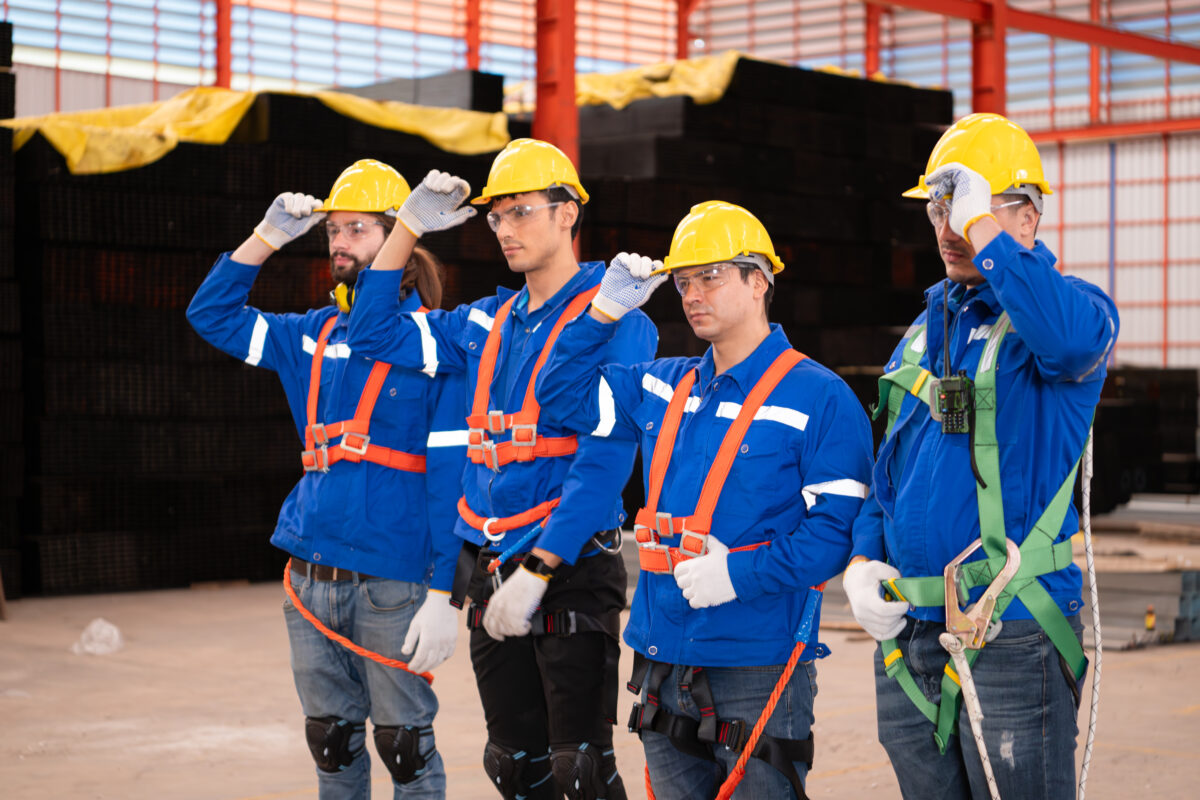As the digital revolution continues to transform the workplace, connected worker solutions are emerging as a powerful tool for enhancing team dynamics and collaboration. One such solution is FAT FINGER, a digital workflow procedure builder that empowers front-line teams to do their work correctly every time. This article explores the Impact of such solutions on team dynamics and collaboration, with a particular focus on FAT FINGER.
Understanding Connected Worker Solutions
Connected worker solutions refer to digital tools and platforms that facilitate real-time communication, collaboration, and data sharing among team members. These solutions can range from simple messaging apps to sophisticated platforms like FAT FINGER that allow teams to build checklists, workflows, and digital procedures that unlock operational excellence.
The Impact on Team Dynamics
Connected worker solutions can significantly influence team dynamics in several ways:
- Improved Communication: These solutions facilitate real-time communication, ensuring that all team members are on the same page.
- Increased Accountability: With tasks and responsibilities clearly outlined, team members are more accountable for their work.
- Enhanced Transparency: connected worker solutions provide visibility into the workflow, enabling team members to understand their role within the larger context.
The Impact on Collaboration

Connected worker solutions also have a profound Impact on collaboration:
- Streamlined Workflows: FAT FINGER allow teams to create and share workflows, ensuring that everyone understands the process and their role in it.
- Real-Time collaboration: These solutions enable teams to collaborate in real-time, regardless of their physical location.
- Data Sharing: connected worker solutions facilitate the sharing of data, ensuring that all team members have access to the information they need to do their job effectively.
FAT FINGER: A Case Study
FAT FINGER is a prime example of a connected worker solution that enhances team dynamics and collaboration. Its features include a drag & drop workflow builder, mobile & desktop workflows, dashboards, integrations, augmented reality, connect IoT devices, and artificial intelligence coaching.
Teams can create FAT FINGER digital workflows and checklists across safety, maintenance, and operations areas. These include safety take 5, near miss reporting, risk assessment, incident reporting, journey report, material inspection, quality control, shift handover, facility inspection, line changeover, field ticket, work order checklist, truck inspection checks, mobile asset inspection, shutdown/turnaround form, preventive maintenance inspection, and predictive maintenance.
Conclusion
Connected worker solutions like FAT FINGER are transforming team dynamics and collaboration by facilitating real-time communication, enhancing transparency, and streamlining workflows. As the digital revolution continues to reshape the workplace, these solutions will play an increasingly important role in ensuring operational excellence.
If you’re interested in leveraging the power of connected worker solutions to enhance your team dynamics and collaboration, consider signing up for FAT FINGER or requesting a demo today.


